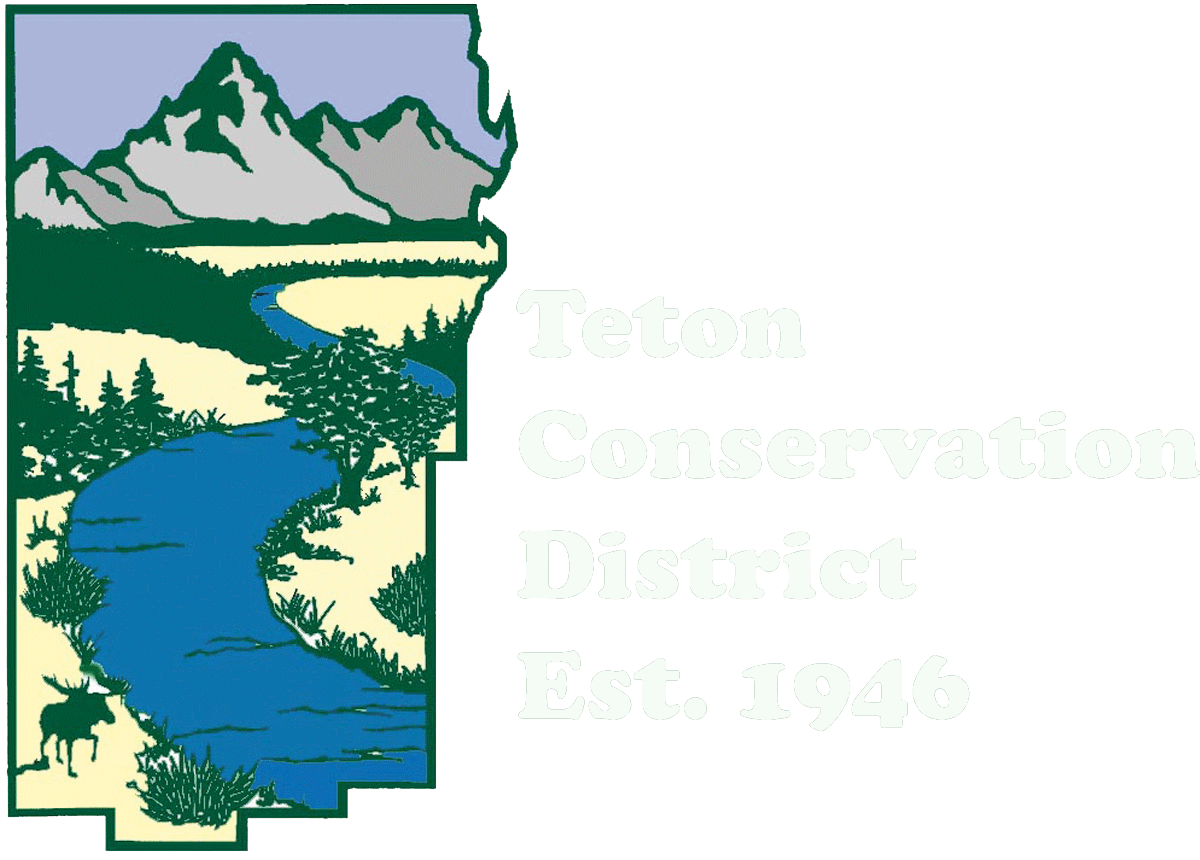Teton County Septic System Effluent Monitoring Study
Monitoring well installation..
The Teton County Septic System Effluent Monitoring Study was completed in October 2022. Led by Teton Conservation District and Teton County, Nelson Engineering and Alder Environmental were contracted to measure the composition and treatment of wastewater in four residential septic systems and leachfields in Teton County, WY. Funding support was provided from Protect Our Water Jackson Hole.
Given growing concerns regarding the effects of wastewater on groundwater and surface water quality in our community, this monitoring study was designed to collect data to inform how we construct and manage residential wastewater systems in the future. To assess how septic systems and leachfields treat wastewater as it moves through the system and eventually into the soils and groundwater, volunteer septic system owners were sought. Sites were selected if they met a set of tight criteria. Chosen sites needed to be between five and 30 years old, with year-round occupancy and a complete set of design records. Additionally, to limit cost associated with installation of monitoring wells, sites with relatively shallow groundwater beneath them were selected.
Study Design
Once sites were chosen, each were instrumented and sampled using the same approach. Every month for two winters and one summer, samples were collected prior to discharge into the leachfield, at two depths in the soil below the leachfield, and in the groundwater downgradient from the leachfield. Groundwater samples were collected from wells installed at each site. An upgradient well was installed as a reference point, one well was installed in the center of the leachfield, three wells were installed 10 ft downgradient of the leachfield, and two wells were installed 50 ft downgradient from the leachfield. Flow rate into the system was also measured.
The results indicate that nitrogen treatment was highest during the warmest months of the year and lowest during the coldest months of the year. Wells downgradient of the septic system leachfield experienced an increase in nitrate (NO3) + nitrite (NO2) + ammonia (NH3) concentration of between 0.14 mg/L and 1.44 mg/L at 10 ft downgradient from the leachfield, and an increase of between 0.07 mg/L and 0.27 mg/L 50 ft downgradient from the leachfield. Results also indicate the importance of earth cover in keeping temperatures warm in the leachfield throughout the winter months.
Recommendations were made by the project team to modify design of newly constructed septic systems, and to increase the maintenance of existing systems. For new designs, it was recommended that the septic tank and pump chamber be insulated and tested for leaks after construction. Limiting snow compaction and clearing over septic systems and leachfields will also serve to retain heat in the winter months. The use of infiltrators and more earth cover was also recommended to provide more insulation above the leachfield. For existing systems, assure that septic tanks are pumped and inspected at least every five years, and close any leachfield vents in the winter months.
Download the Full Report
Download the Executive Summary
You may also contact Teton Conservation District’s Water Resources Specialist, David Lee, at 307-733-2110 or david@tetonconservation.org .



